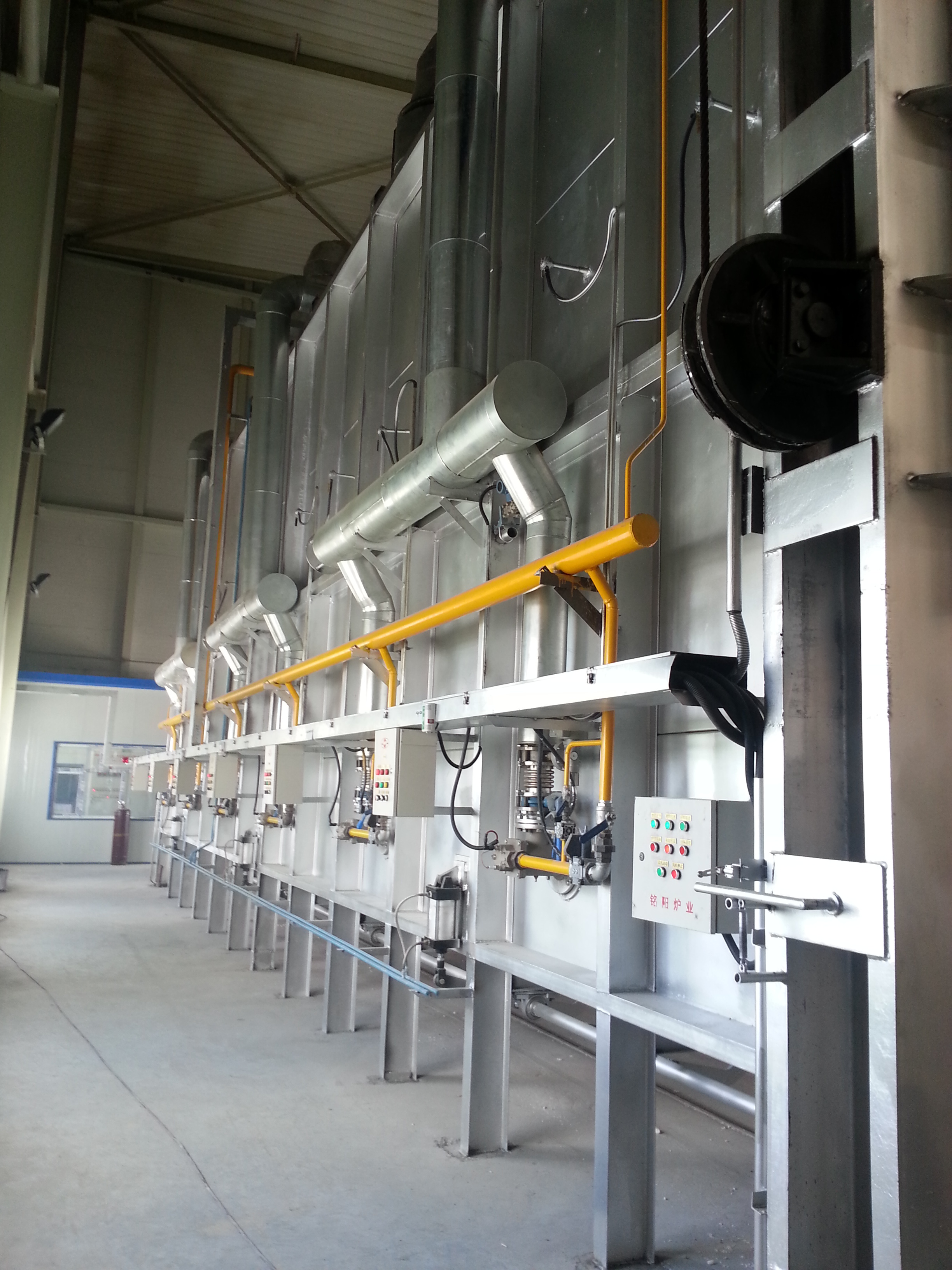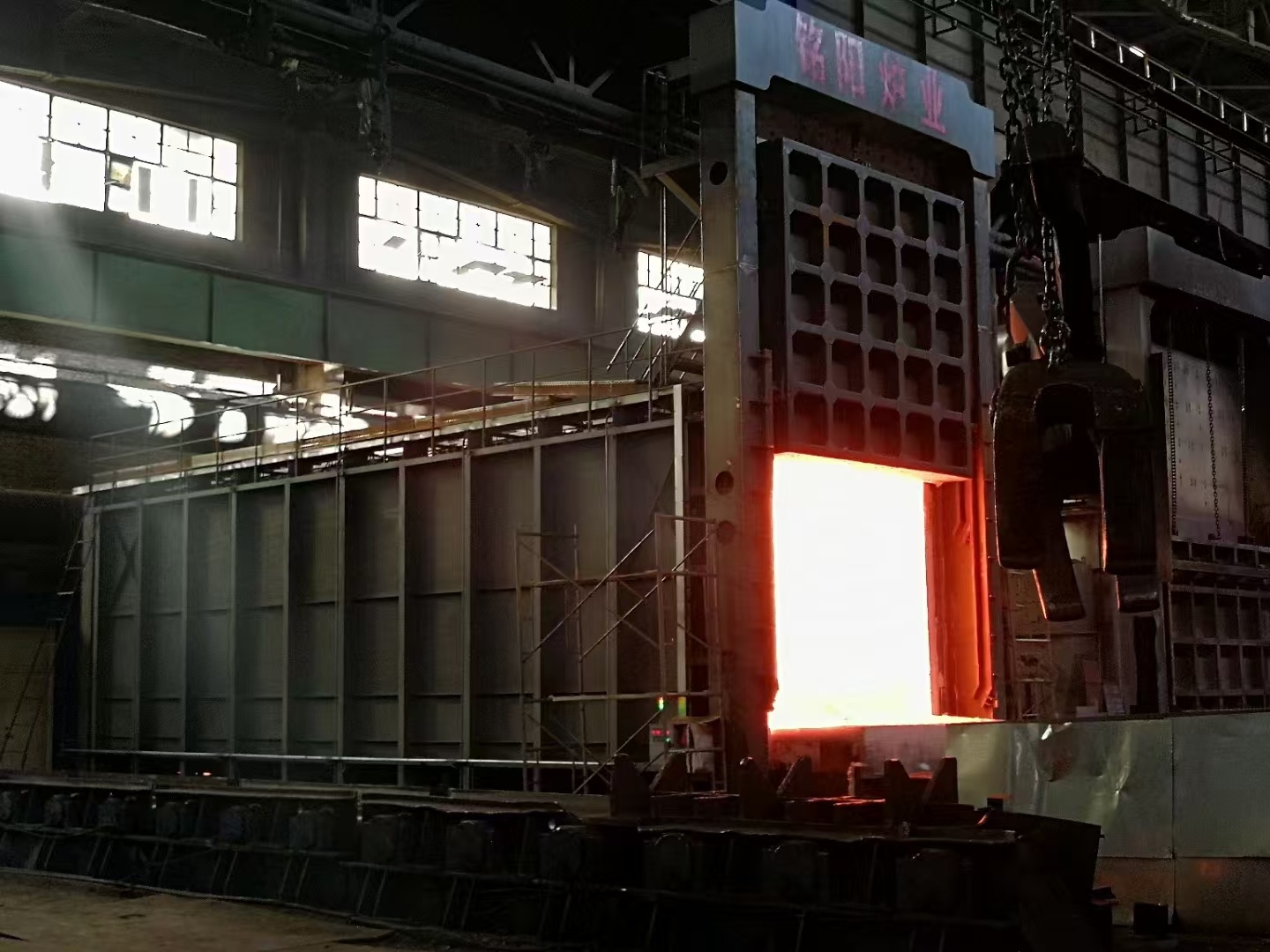


Maximizing Efficiency: How an Advanced Energy-Efficient Furnace Transforms Industrial Heating
Maximizing Efficiency: How an Advanced Energy-Efficient Furnace Transforms Industrial Heating
Table of Contents
Introduction to Energy-Efficient Furnaces
The Need for Efficiency in Industrial Heating
What is an Energy-Efficient Furnace?
How Energy-Efficient Furnaces Work
Benefits of Advanced Energy-Efficient Furnaces
Cost Savings and Return
Maximizing Efficiency: How an Advanced Energy-Efficient Furnace Transforms Industrial Heating
Table of Contents
- Introduction to Energy-Efficient Furnaces
- The Need for Efficiency in Industrial Heating
- What is an Energy-Efficient Furnace?
- How Energy-Efficient Furnaces Work
- Benefits of Advanced Energy-Efficient Furnaces
- Cost Savings and Return on Investment
- Environmental Impact and Sustainability
- Enhanced Performance and Reliability
- Choosing the Right Energy-Efficient Furnace
- Implementation and Integration
- Future Trends in Industrial Heating
- Conclusion
- FAQs
Introduction to Energy-Efficient Furnaces
As industries continue to demand higher efficiency levels, the adoption of advanced energy-efficient furnaces has become more than just a trend; it is a necessity. These sophisticated heating systems not only optimize operations but also contribute significantly to sustainability goals. In this article, we will explore how energy-efficient furnaces are transforming industrial heating and what benefits they bring to the table.
The Need for Efficiency in Industrial Heating
Industrial heating processes are integral to numerous sectors, including manufacturing, metallurgy, and more. Traditional heating systems often lead to excessive energy consumption, elevated operational costs, and an increased carbon footprint. With energy costs rising and environmental regulations tightening globally, the need for efficiency in industrial heating has never been greater. By optimizing energy usage, industries can not only improve their bottom line but also align their operations with sustainability initiatives.
What is an Energy-Efficient Furnace?
An energy-efficient furnace is designed to minimize energy waste while maximizing heat output. These furnaces utilize advanced technologies, including improved insulation, heat recovery systems, and precise temperature controls, to enhance performance. Unlike conventional furnaces, energy-efficient models are engineered to operate at higher efficiencies, thus significantly reducing fuel consumption and costs associated with heating processes.
How Energy-Efficient Furnaces Work
Energy-efficient furnaces employ several key technologies to enhance their performance. Here’s a closer look at how these systems operate:
1. High-Efficiency Burners
These burners are specifically designed to achieve complete combustion, ensuring that almost all the fuel used is converted into heat energy. This leads to minimal waste and optimal performance.
2. Insulation and Heat Retention
Advanced insulation materials help to retain heat within the furnace, preventing heat loss to the environment. This ensures that the energy consumed is used effectively, enhancing overall efficiency.
3. Heat Recovery Systems
Many energy-efficient furnaces are equipped with heat recovery systems that capture excess heat from exhaust gases and reuse it within the heating process. This reduces the amount of energy needed to maintain desired temperatures.
4. Smart Controls and Automation
Modern furnaces come with intelligent control systems that monitor and adjust operating conditions in real time. This ensures that energy consumption is optimized based on current operational demands.
Benefits of Advanced Energy-Efficient Furnaces
The advantages of adopting advanced energy-efficient furnaces are manifold. Here, we outline the key benefits that make these systems an attractive option for industrial operations.
Cost Savings and Return on Investment
One of the most compelling reasons to invest in an energy-efficient furnace is the potential for substantial cost savings. With lower energy consumption, businesses can significantly reduce their monthly energy bills. Moreover, the initial investment in these high-efficiency systems is often offset by the long-term savings realized through reduced operational costs. Many industries report a return on investment (ROI) within just a few years of switching to energy-efficient heating solutions.
Environmental Impact and Sustainability
As global awareness of climate change and sustainability increases, companies are seeking ways to reduce their environmental footprint. Energy-efficient furnaces play a crucial role in achieving these goals. By consuming less fuel and generating fewer emissions, these systems contribute to a cleaner and more sustainable industrial landscape. This not only helps companies comply with regulations but also enhances their brand image in an increasingly eco-conscious market.
Enhanced Performance and Reliability
Advanced energy-efficient furnaces are engineered to provide consistent and reliable performance. With precise controls and high-quality construction, these furnaces maintain optimal operating temperatures, leading to improved product quality and reduced downtime. This reliability is vital for industries that depend on continuous heating processes for production.
Choosing the Right Energy-Efficient Furnace
Selecting the appropriate energy-efficient furnace for your specific industrial needs involves a number of considerations. Here are some critical factors to evaluate:
1. Application Requirements
Different industries have varying heating requirements. Understanding the specific application—such as the type of materials being processed and the desired temperature—is crucial in selecting the right furnace.
2. Fuel Type
Energy-efficient furnaces can operate on various fuel sources, including natural gas, electricity, and biofuels. Choosing a furnace that aligns with available resources and operational preferences is essential for maximizing efficiency.
3. Size and Capacity
Furnace size should match the scale of the operation. An oversized furnace may lead to inefficient energy use, while an undersized unit could result in performance issues. Conducting a thorough assessment of heating needs is necessary to determine the appropriate capacity.
4. Compliance and Certifications
Ensure that the chosen furnace complies with industry regulations and holds necessary certifications. This will not only enhance safety but also assure you of its energy efficiency standards.
Implementation and Integration
Once the right energy-efficient furnace is selected, the next step is successful implementation and integration into existing systems. Here are some tips to ensure a smooth transition:
1. Professional Installation
Hiring experienced professionals for installation ensures that the furnace is set up correctly and operates efficiently from the start. Proper installation minimizes the risk of operational issues later on.
2. Training for Staff
Training staff on the new system is crucial. Understanding how to operate the furnace efficiently can lead to further energy savings and optimal performance.
3. Regular Maintenance
To maintain efficiency and reliability, regular maintenance is essential. Schedule periodic checks and servicing to ensure the furnace operates at peak performance.
Future Trends in Industrial Heating
The landscape of industrial heating is evolving rapidly. Some emerging trends include:
1. Integration of IoT Technologies
The Internet of Things (IoT) is poised to revolutionize industrial heating by allowing furnaces to communicate with other systems, providing real-time data and insights for better energy management.
2. Increased Focus on Renewable Energy
As industries move towards sustainability, the integration of renewable energy sources into heating processes is expected to grow. This shift will reduce dependency on fossil fuels and lower greenhouse gas emissions.
3. Advanced Materials and Designs
Innovative materials and designs are being developed to enhance furnace efficiency further. Research into new insulation materials and combustion technologies promises to drive efficiency gains in the coming years.
Conclusion
In summary, the transition to advanced energy-efficient furnaces represents a transformative step for industries aiming to enhance efficiency and sustainability. With significant cost savings, reduced environmental impact, and improved operational performance, these systems are not just an investment in technology but a commitment to the future of industrial heating. Embracing this evolution is essential for businesses that aspire to maintain competitiveness in a rapidly changing market.
FAQs
1. What are the main benefits of energy-efficient furnaces?
Energy-efficient furnaces offer cost savings, lower emissions, improved reliability, and enhanced performance, making them an attractive option for industrial heating.
2. How do energy-efficient furnaces reduce operational costs?
By consuming less fuel and utilizing advanced technologies for heat retention and recovery, these furnaces significantly lower energy bills and maintenance costs.
3. Are energy-efficient furnaces suitable for all industrial applications?
While many industries can benefit from these systems, it is essential to evaluate specific heating requirements and select a furnace tailored to those needs.
4. What fuel types can energy-efficient furnaces use?
Energy-efficient furnaces can operate on various fuel sources, including natural gas, electricity, and renewable energy, depending on the system design.
5. How can companies ensure the best performance from their energy-efficient furnace?
Regular maintenance, professional installation, and staff training are critical to ensuring optimal performance and efficiency of energy-efficient furnaces.


